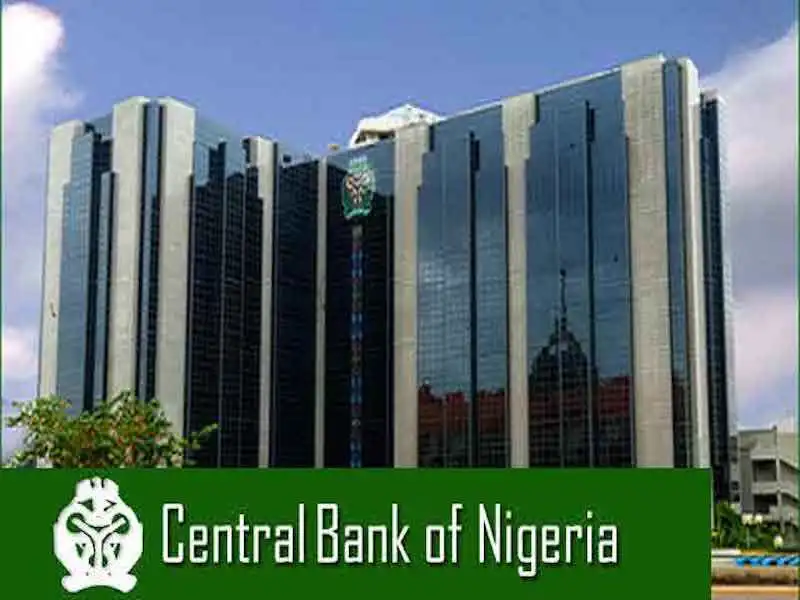The rate of borrowing from the Central Bank of Nigeria by commercial banks fell by 42% in the first half of 2022.

The decline, which is contained in the financial data released by the apex bank, is a result of the increase in Monetary Policy Rate (MPR), improved business activities post-covid-19 among other factors
According to the data, Nigerian banks as of June 2022 borrowed N3.58 trillion from the CBN to meet their short-term liquidity needs.
The CBN has a Standing Lending Facility (SLF) and Repurchase (Repo) short-term lending windows for commercial and merchant banks to access needed liquidity whenever there is a shortage.
Banks access funds from the CBN through the SLF at an interest rate of 100 basis points (bpts) above the Monetary Policy Rate.
SLF is a line of short-term credit available for commercial banks to draw on when they need to meet immediate short-term withdrawals from their customers, while the Repo arrangement involves the purchase of banks’ securities with the agreement to sell back at a specific date and usually for a higher price.
The CBN data showed that banks’ borrowing through SLF and Repo stood at N1.93 trillion and N1.65 trillion as of June 2022, respectively.
When compared to June of 2021, the SLF and Repo borrowing by banks were N612.9billion and N162.57billion, respectively.
According to the CBN data, banks in H1 2022 have borrowed a sum of N19.1trillion through the SLF and Repo arrangement from N15.79 trillion in H1 2021.


Comments are closed.